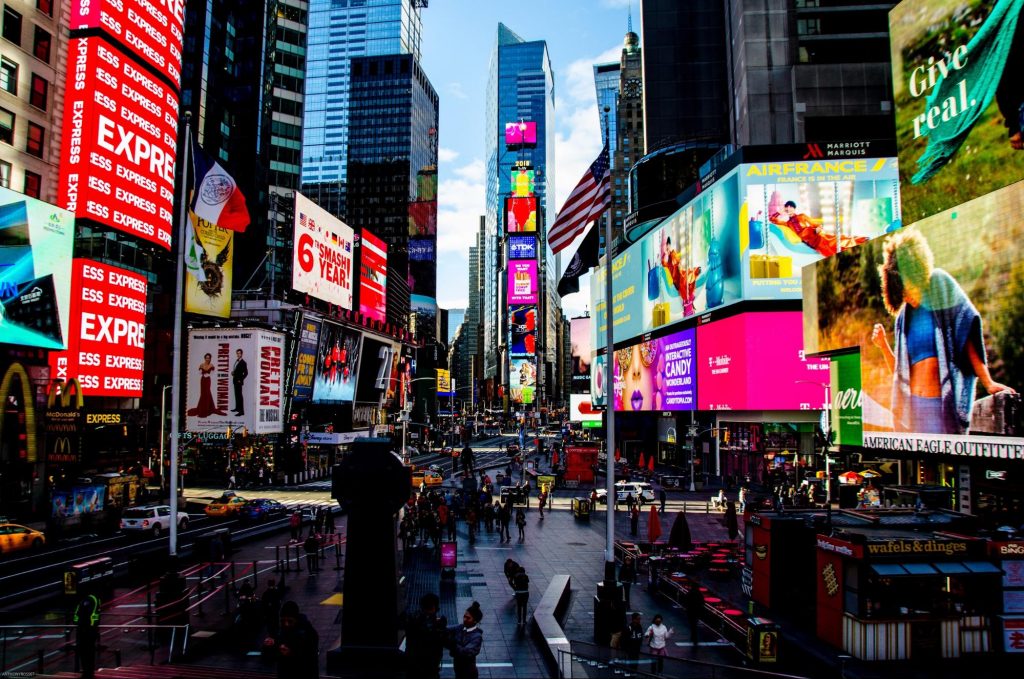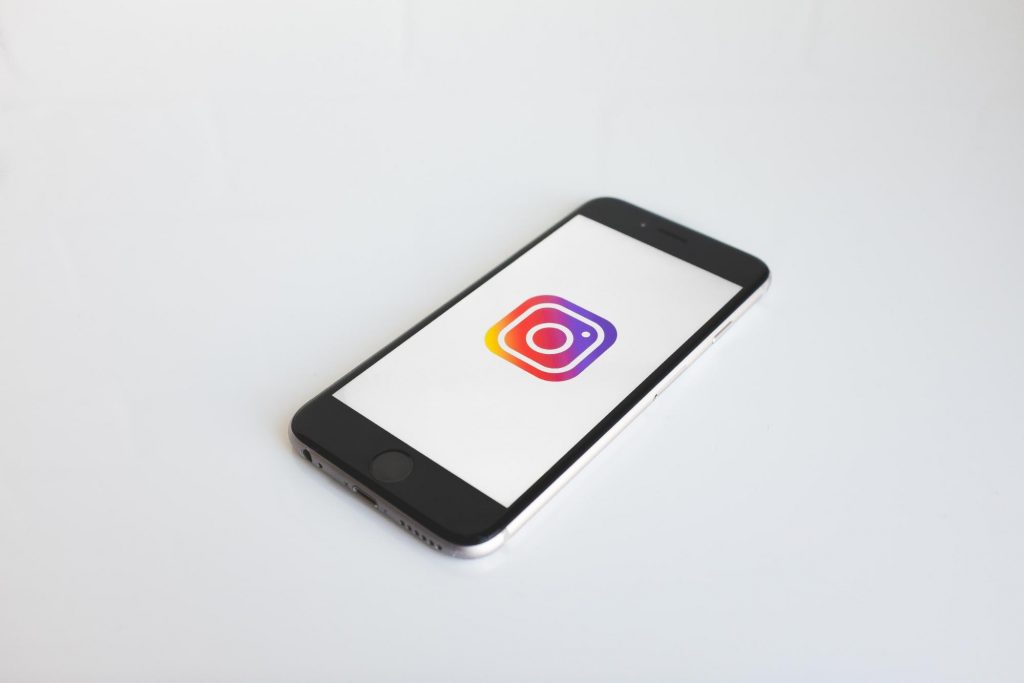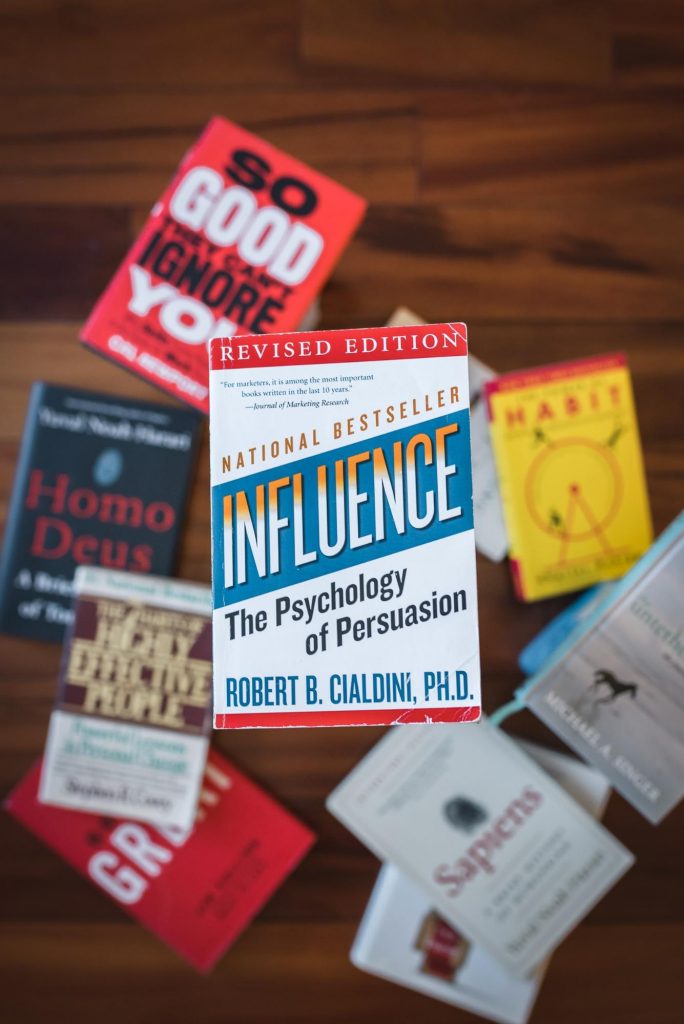At first, we hoped the impact of the coronavirus would be a few weeks of lockdown followed by a joyous reopening.
Then as the weeks dragged on, we hoped that it would just be a few short months.
Now, we’re all realizing that life is going to look different for longer than any of us initially expected. Experts say it could be another 18 months before things start to go back to “normal.”
That’s why any pause in marketing efforts has to end. And while marketing during the pandemic may not look quite the same, we all have to figure out the best way to get our products and services out into the market — from a responsible social distance.
A 2018 study showed that influencer marketing could bring in as much as 11x the return on investment. And right now, social media use is up while people stay home.
Yet sponsored Instagram posts fell from 35% of social content in mid-February to just 4% in mid-April. With a captive audience and less competition, this is a logical time to invest in influencer marketing.
Choosing Influencers during the Pandemic
It’s more important than ever to choose influencers to work with carefully. Not all public figures have responded as tactfully as one would wish during this crisis.
Take a look back through all of their social media posts and comments since COVID-19 hit the U.S. Verify that they haven’t made any insensitive or inappropriate comments. You don’t want to align your brand with a problematic voice.
Then, think about the reach of influencers. You may want to consider nano influencers or micro-influencers for your campaign.
Nano influencers have fewer than 10,000 followers, and micro-influencers have fewer than 100,000. Both are highly trustworthy to their loyal fans, and their posts get much higher engagement than the huge influencers with millions of followers.
You may pay less and receive a better ROI working with 15 accounts of 10,000 followers each, rather than one big account of 150,000 followers.
Once you and the influencer have come to an agreement on the terms of the deal, work closely with them to craft the message. You don’t want the ad to be tone-deaf and potentially alienate your prospects.
Tactful Ad Campaigns during COVID-19
Just like any good ad campaign, influencer marketing needs a clear goal. You could be promoting a single product, or you may just be building name recognition for your brand.
If you’re promoting a product, choose it carefully. Products that help people to connect, stay healthy, and learn new things are all appropriate for the current landscape. But super high-end clothing, for example, may not be the best business to be in right now.
Many brands have had to pivot their marketing strategies during the COVID-19 pandemic. Dolce & Gabbana, for example, stopped posting their luxury clothing photos on March 11th. Instead, the company started sharing photos and videos of Italians connecting over balconies while the country was quarantined. As an Italian company, this pivot was still on-brand.
Then they posted photos and videos of artisans making clothes and textiles from home. It wasn’t until the end of May that they began promoting fashion again.
Avoid messaging and imagery around travel, festivals, and large events that most people are still not comfortable attending. Instead of working with the usual travel influencers, a travel brand could reach out to some foodie influencers to do a campaign about recreating an international dining experience at home. This could help to build brand awareness while people are at home in preparation for the next big travel season — whenever that is.
Make sure your images are appropriate for the current landscape. Groups of people packed together without masks will be jarring. Subjects of photos should be wearing masks and/or observing recommended social distancing.
Where to Use Influencer Marketing
Although many of us think of Instagram as the main platform for influencer marketing, this may be a good time to explore other platforms. Pinterest and TikTok, for example, have seen major upticks in use during the pandemic.
Instagram is the undisputed champion of influencer marketing. Influencers can encourage follows of your Instagram account, create IG stories with a “swipe up” to a sales page, or just build awareness about your brand.
But its popularity means there is a lot of competition for attention, even during the pandemic. That doesn’t mean it should be avoided, but you may also want to consider other outlets.
TikTok
There were 115 million TikTok downloads in March and another 112 million in May. At this point, there have been over 2 billion total downloads of the video-sharing platform.
One of the major benefits of influencer marketing on TikTok is the virality of videos and “challenges.” If you can get an influencer to spark a repeatable challenge like Chipotle’s #guacdance, you can get free user-generated content out of just one marketing campaign.
Pinterest use is up 26% from a year ago, but its April ad revenue dropped 8%. This may be a great time to spend a little money on the platform. You’ll see less competition at a time when more people are shopping online than ever.
Unlike Instagram, Pinterest allows for unlimited links back to your website or sales page, making it an excellent source of referral traffic.
Clothing, home goods, lifestyle, beauty, art, and health all do incredibly well on Pinterest. If you can align your brand with an influencer in one of these categories, you could see increased web traffic and sales very quickly.
Conclusion — The Comfort of Familiar Faces
With their high levels of audience engagement and trust, influencers can provide a helpful boost to your businesses in a time when marketing dollars are being carefully portioned out. Try a couple of small, affordable campaigns to test the waters. If you see success, budget for more influencer marketing over the coming months.
As long as your marketing efforts are considerate of the current climate and don’t encourage activities that would make your customers feel unsafe, there is no reason why you can’t continue to promote.
And with the hunger for connection caused by social distancing, marketing messages from familiar influencer faces may just be more welcome than ever.





